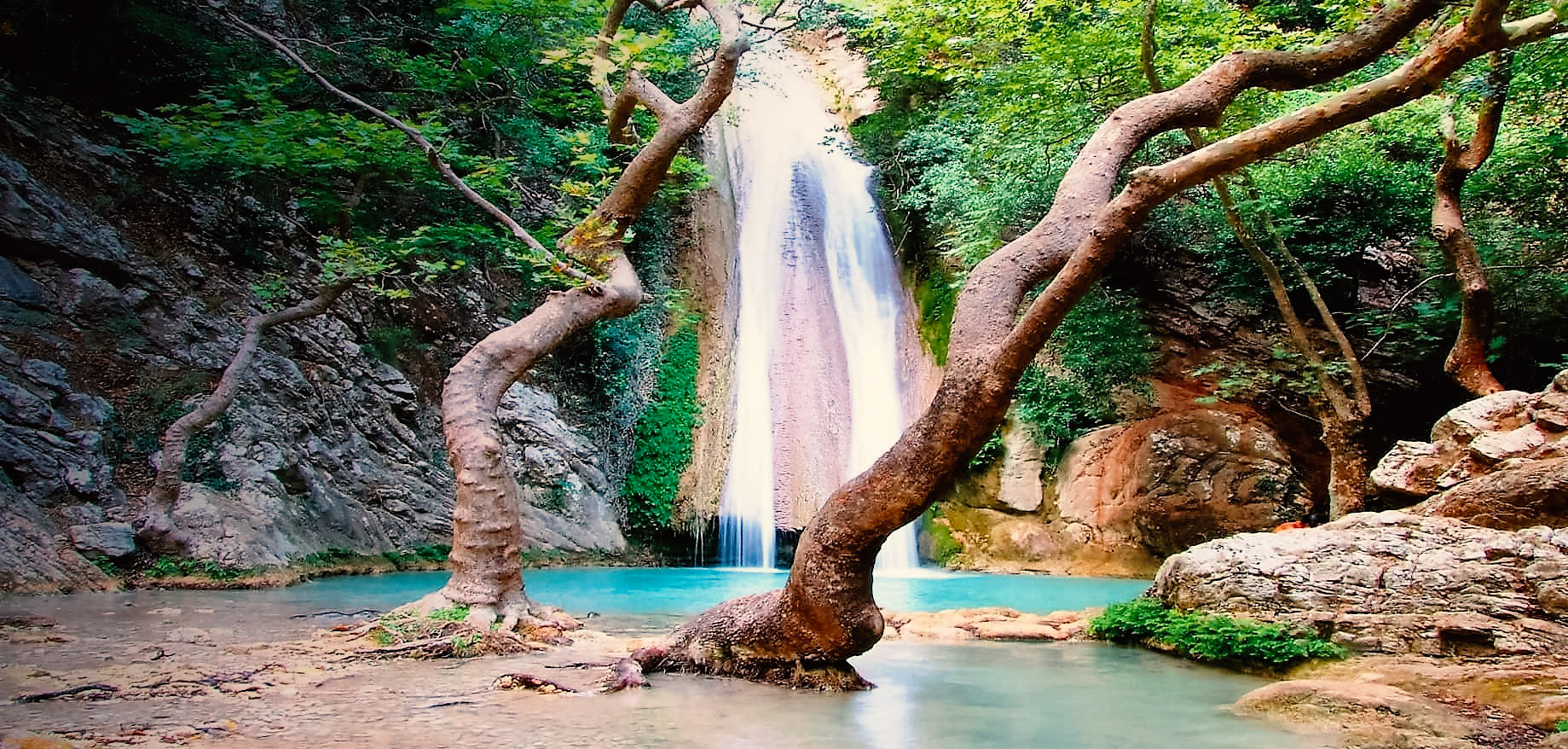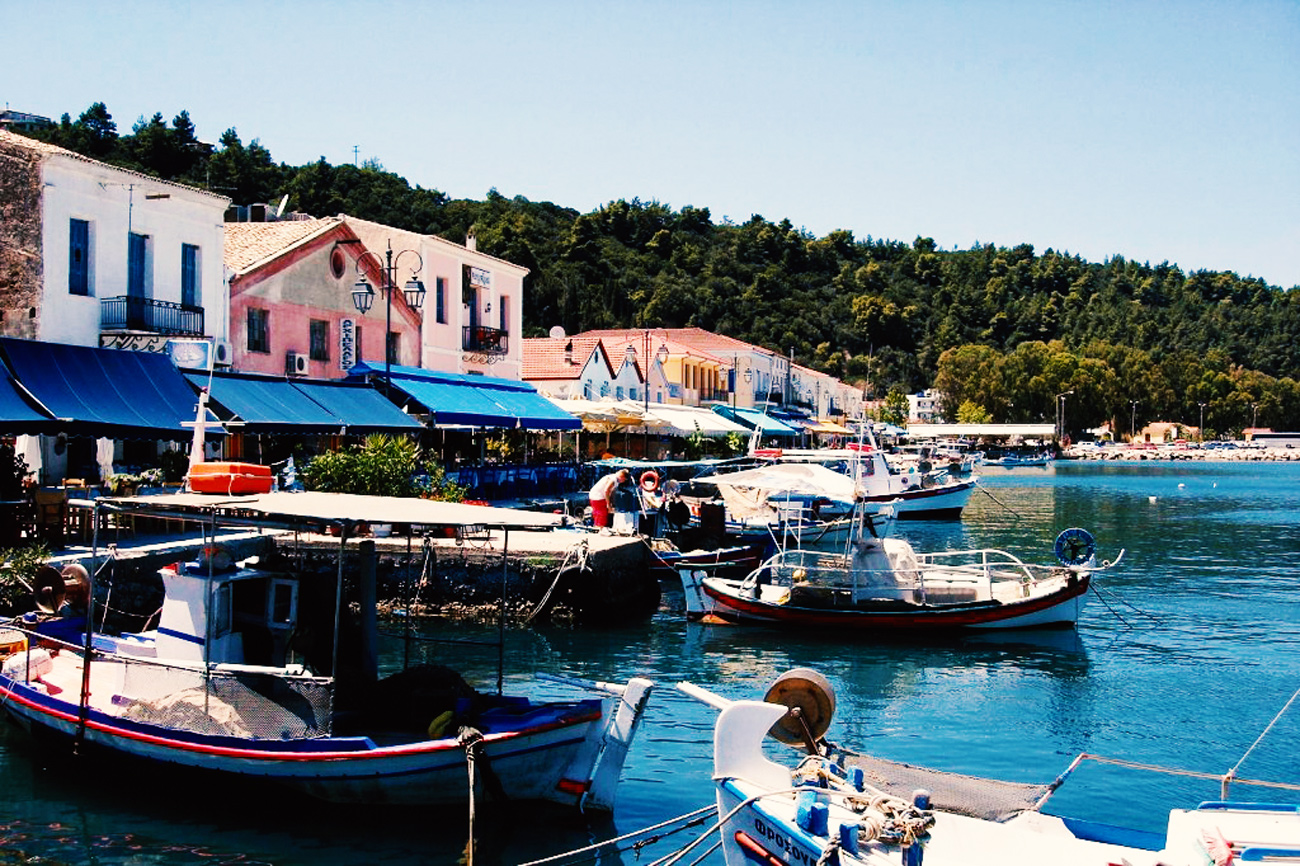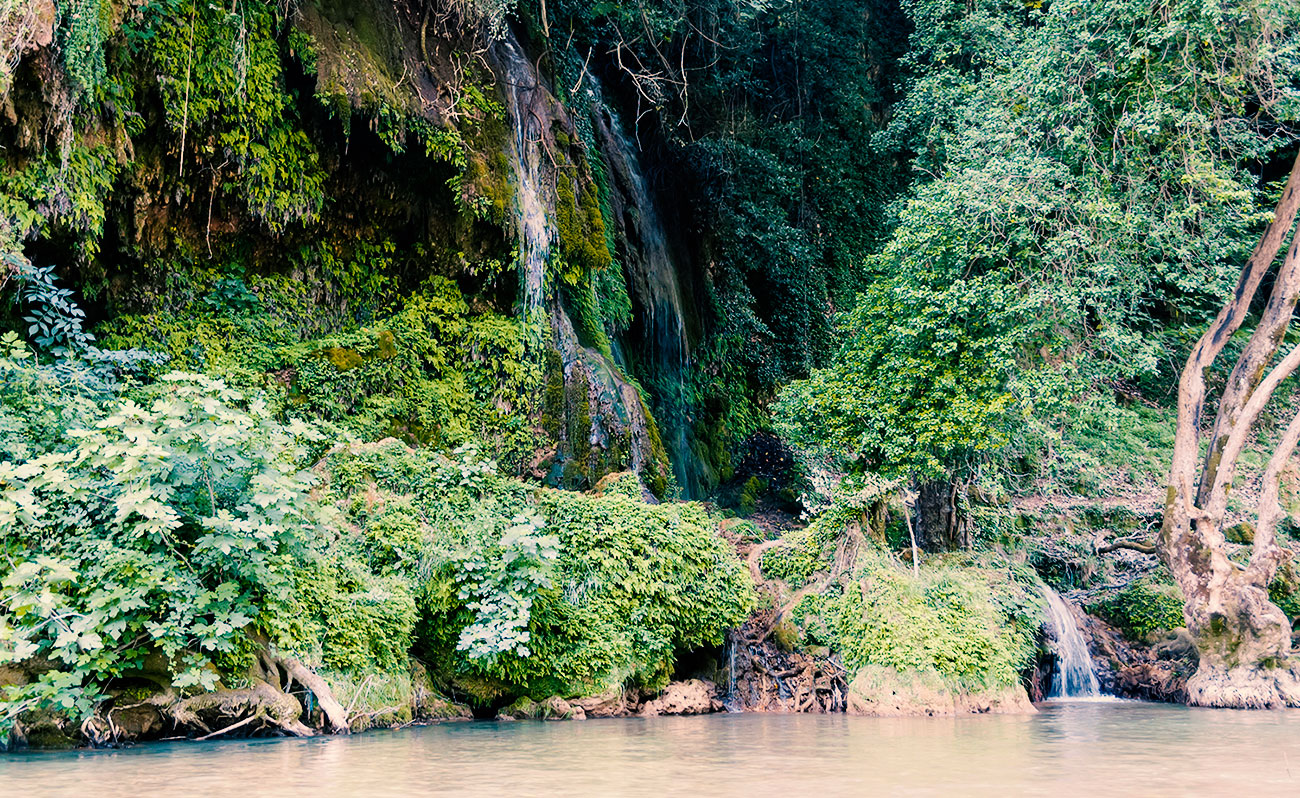The Beauty Of Our Land
Katakolon is a seaside town with natural and historical beauty, situatedaon the Prefecture of Western Ilia. It combines mountain and sea, it is the current port of the capital of Prefecture of Ilias , the city of Pyrgos. The port is full of cafes and taverns which are housed in the old raisin warehouses and factories, giving a traditional sryle to the area.
During the summer season, Katakolo is packed with Greek and foreign tourists and its port is full of cruise ships. You need to have a lot of free time in order to explore the beauty of the place and go sightseeing (it’s near the ancient city of Olympia) and swimming to its dreamy beaches.
Every year the visitors’ number increases, more cruise ships berth to the port and Katakolo has become tourists’ first choice for their summer vacations. However, Katakolo is also a great destination for your winter vacations, as other places of the area wait to be explored by you!
Pyrgos City
(13 Km – Min.Time 13 min)
The prestige of the past is uniquely combined with the unparalleled beauty surrounding the city.
The prosperous commercial activity of the past, mainly centred around the cultivation of raisins, contributed to the cultural development of the city while the sites of religious interest are also worthy of your special attention
1. The Archaeological Museum of Pyrgos
The Archaeological Museum of Pyrgos, conceived by Ziller, with four differently designed sides, is regarded as the most important of the listed buildings of the city. To further impress the visitor, its unique exhibits are shown off at their best by state-of –the-art technology.
Before entering the Archaeological museum of Pyrgos, make sure you walk around this beautiful neoclassical building and admire one of Ernst Ziller’s architectural accomplishments. What used to be the city’s marketplace, now houses many impressive findings, from this prefecture, for the first time.
See the boar’s tusk helmet; a similar one (according to Homer) would have been worn by Odysseus. Admire the costume jewellery from the late bronze era (1600-1200 B.C.). These pieces are 3000 year old but they would sit proudly on the style pages of a glossy magazine. Other findings really worthy of seeing are the ancient ‘’safety pins’’ and the ancient baby feeding bottles.
2. The square of Pyrgos and the surrounding area.
A walk around the central square of Pyrgos takes you to the municipal theatre “Apollon”. Also a listed building, today it hosts the International Film Festival “Olympia” for children and young people. During your stay in Pyrgos, find out if there is a performance on – so you can live a special experience!
The Town Hall, whose benefactor was Latsis, is also a splendid sight and is home to both the administration offices and the Municipal Market.
And finally for good measure, the Railway Station also makes a worthy addition to the architectural wealth of the city.
3. In Pyrgos with Nicolas.
Nikos will guide you to all the narrow streets of the city, the picturesque neighborhoods and all of its sights. Ηe will introduce you to the locals, drink coffee with you and make you experience the everyday life of the Greek countryside.
The Foloi oak forest
(58 Km – Min.Time 54 min)
Foloi oak forest is a designated site under NATURA 2000 that dates back to ancient times. It’s the only flat forest in Greece situated on the boundaries between Elis, Arcadia and Achaia, at an altitude of 600meters. It covers a total surface of 218.000 acres and it consists mainly of broadleaf oaks.
According to mythology, the forest was named after the Centaur Pholus, who gave roof to his friend, Hercules, on his way to locate the Erymanthian Boar. Pholus offered Hercules a divine wine which excited the rest of the Centaurs who attacked the two friends. During the battle, Pholus was injured by mistake from one of Hercules’ arrows. The hero decided then to name the forest Foloi after his friend.
In antiquity, the plateau of Foloi was covered by a dense plantation; namely, oaks, pines, kermes oaks, strawberry trees etc. as well as wild animals such as wolves, deer, boars, foxes, francolins, woodcocks, and numerous other species. The town of Akroria, Aasion, was situated on the west side of the plateau.
The town was completely destroyed by Alarichos in 396 B.C. At the present, a true relic of the past, the oak forest of Filoi with its ancient trees starts in a distance of 15km from the village Lala. Wander into the magnificent forest and admire the breathtaking view to the plain of Alfeios and to the mountains.
Neda River
(68 Km – Min.Time 62 min)
For those who have plenty of time, lifetime experience is the visit to the river Neda. Neda is one of the two female rivers in Greece and is the natural boundary of Ilia and Messinia. According to the Greek Mythology, Neda was a Nymph, a water deity. The river from the antiquity forms the border between Elis and Messenia, as Pausanias wrote. Close to the banks of the river was Ancient Figaleia and the Temple of Epikourio Apollo in Vasses.
The waters of Neda begin their journey from the numerous springs at the foot of Mt Lycaeon, near the village of Petra. They meet with tributaries and streams from the nearby mountains, they follow an amazing, meandering course through narrow gorges, cool clearing and verdant ravines, they flow under arched, stone bridges and through dark caves and falls, to the fertile meadows of the Kiparissia Gulf covering a distance of 32km. It is unique in sense that it is one of the two rivers in Greece with a feminine name. The other one is Erkina.
The canyon of Neda, which runs though the namesake river, is a rare and yet unexplored until recently corner of Greek nature. The constant changes of scenery, lush vegetation, huge river stones into the light green waters and the majestic rocks, make its wake true challenge and enjoyment for visitors. The canyon is accessible during the summer months, while the beauty of the scenery compose olive trees, fig trees, wild oak trees and holly.
At various points of the course there are a total of three waterfalls that lead to small ponds. Set upon a hillside is the church of Panagia and slightly ahead the recess, where according to tradition was found a miraculous image. The hiker is able to choose two main routes of shocking natural beauty. The only things you will need are your swimsuit and your sneakers … good crossing!
Nemouta Waterfalls
(57 Km – Min.Time 60 min)
Even the locals will confuse you on how to get to this rare and beautiful place but access to the spectacular waterfall is very easy, even for children. This place has an untapped natural beauty that makes you wonder how it is not mentioned in the tourist guides.
The impressive waterfalls are located about 42km from Pyrgos Ilias, near Nemouta, a village in the Prefecture of Ilia on the border with Achaia and Arcadia at an altitude of 560m on the Erymanthos River – which, like Ladonas, is a tributary of the Alfeios river. Almost all the permanent residents of the area are engaged in traditional agricultural work. So neither they nor the state have exploited the area. The fact is that few know the existence of the cascades in Nemouta and few have visited them.
However, the region has recently become the attraction of many visitors, thanks to two young people, whose economic crisis led them back to their village. They are Nicholas Siakkoulis and Panagiotis Papailiou, who put Nemouta on the tourist map, when they discovered their impressive waterfalls on their hikes. They have been able to “map” over 30 waterfalls and make them known through social media.
For the last two years, climbing and hiking clubs, groups of foreign tourists, as well as individual visitors arrive in Nemouta looking for this rare beauty of the Erymanthos River and its waterfalls.






